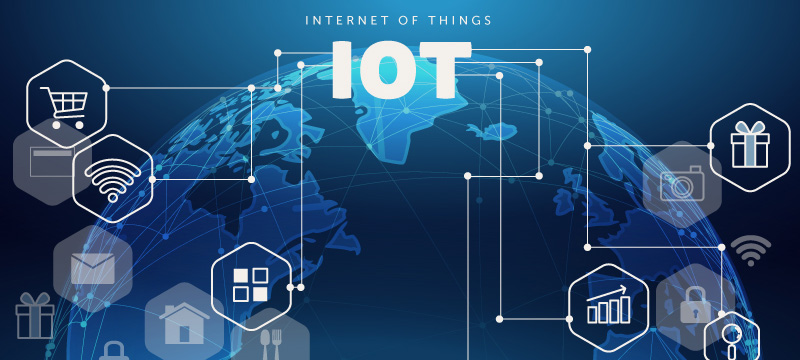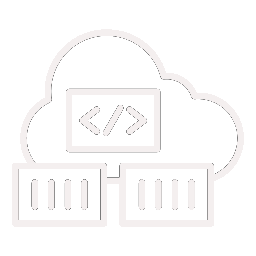Introduction to IoT in Logistics
The Internet of Things (IoT) has revolutionized logistics, introducing IoT integration into the core of supply chain operations. By connecting devices and employing smart warehousing techniques, technology facilitates a new era of efficiency and transparency in logistics management.
Benefits for Logistics Operations
IoT technology brings manifold benefits to logistics operations, notably through real-time tracking of goods, which enhances supply chain visibility. This visibility is crucial for optimizing routes, managing inventory, and improving delivery times. Moreover, predictive maintenance of vehicles and equipment reduces downtime and operational costs, underlining IoT’s role in boosting overall efficiency.
Key IoT Technologies
Among the key technologies, RFID tagging stands out for its ability to streamline inventory management and control processes. Telematics data, generated from fleet management systems, supports automated dispatch decisions, optimizing logistics operations and reducing manual intervention. These technologies exemplify the IoT’s transformative impact on logistics.
Challenges and Future Directions
Despite its benefits, integrating IoT in logistics comes with challenges, including overcoming bottlenecks in data processing and ensuring cargo security. Addressing these challenges requires implementing sustainable practices and innovative solutions. The future of logistics points towards further integration, enhanced efficiency, and the development of more resilient supply chains.
Comparative Table
| Feature | Without | With IoT |
|---|---|---|
| Tracking Efficiency | Limited | Enhanced Real-time |
| Maintenance Costs | Higher | Reduced via Predictive Maintenance |
| Inventory Accuracy | Manual Checks Required | Automated & Accurate |
| Operational Efficiency | Lower | Significantly Higher |
| Security Measures | Basic | Advanced with IoT |

